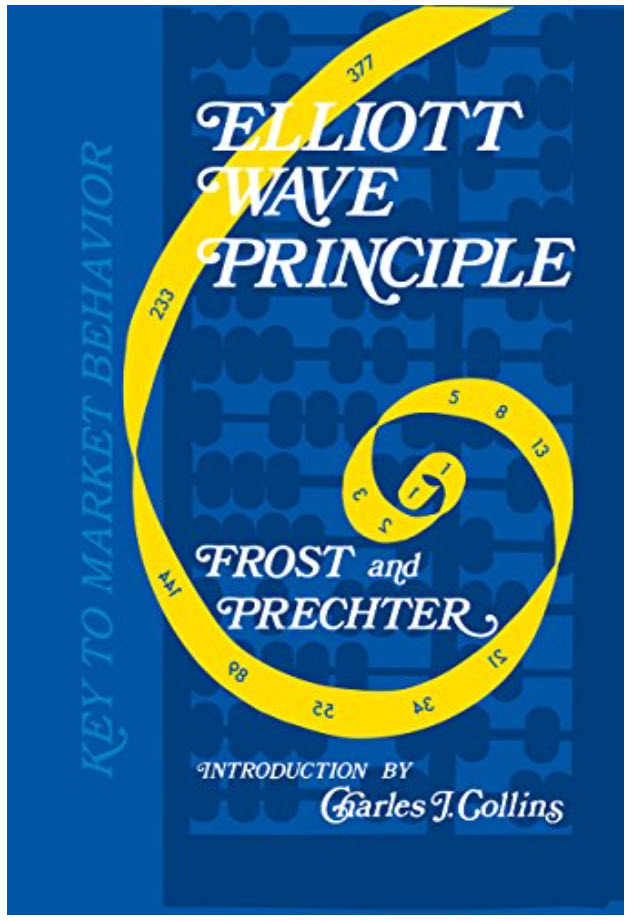Elliott Wave Analysis of the iShares NASDAQ Biotechnology ETF (IBB) by Sid from ElliottWavePredictions.com. Click on the charts twice to enlarge.
As the weekly chart above clearly shows, the biotech sector has been experiencing a parabolic rise since October 2008. From that low, I can count 5 clear (black) waves up through the recent March high. Within that 5-wave impulse, black (intermediate degree) wave 3 was well extended, at 3.62 times the length of wave 1. It was therefore unlikely that wave 5 would also extend, as only one of the odd numbered waves in a 5-wave impulse is typically “extended”. After black wave 4 completed in April 2014, the best target for black wave 5 was therefore at 342.46, where wave 5 (black) would reach .618 times the net traveled by waves 1 through 3. As it turned out, wave 5 (black) pushed a bit beyond that target, reaching .7675 times the net traveled by black waves 1 through 3, in keeping with the character of the final push within a parabolic blow-off top. Importantly, parabolic rises are almost always followed by crashes.
Moving on to the daily chart (above), within black wave 5, I can count 5 complete (albeit fairly rough) blue waves through the March 20, 2015 high. I’ve labeled that top as the end of burgundy (primary) wave 3. Then, quite importantly, the initial downward movement from that high (black wave A) appears to be constructed internally of only 3 waves. This tells us a number of things. First, it increases confidence that we’ve only seen a large degree wave 3 top in Biotech, and not a large degree wave 5 top. Impulsive new downward trends do not start with “three”s, but wave 4’s often do. Wave 4’s that start with a 3-wave move can form any Elliott Wave corrective structure except a zigzag. That includes two different kinds of triangles, three kinds of flats, and several different combinations of those structures in the form of a WXY or WXYXZ.
So how do we determine which of those possible patterns is most likely? Since we are expecting that a burgundy wave 4 has commenced, the first thing we should do is look at the preceding burgundy wave 2. In this case, burgundy wave 2 (April 2004 through October 2008 – not shown) was a relatively shallow but long-lasting expanded flat. So, based on the guideline of alternation, we should expect burgundy wave 4 to be a deeper, sharper correction that is something other than an expanded flat. Since a zigzag is already out of the question, and triangles are typically long-lasting sideways affairs, it seems most likely that burgundy wave 4 will take the form of a deep and sharp WXY or WXYXZ combination correction. Furthermore, the expectation that burgundy wave 4 will be somewhat crash-like is supported by the fact that the rise into the March high was parabolic in nature.
Finally, as the 240-minute chart above shows, Hurst cycle analysis is projecting the next 80-day cycle crest between May 21 and June 4. This is perfectly in keeping with my current expectation that the larger stock market indices will put in an important top during the last week of May, or the first week of June. In my opinion, shorting the IBB is one of the better trading opportunities available over the next few weeks. Personally, I plan to use at-the-money put options with expirations late in the year. I’ll be showing even shorter-term intraday charts of the IBB in my weekly “Counts” webinars over the next few weeks. The smaller Hurst cycles are likely to morph a bit as we near the top of black wave X, so please join me for the timing updates. More and more traders, investors, and money managers are finding my weekly “Counts” webinars and EWP ScreenShots extremely helpful.





